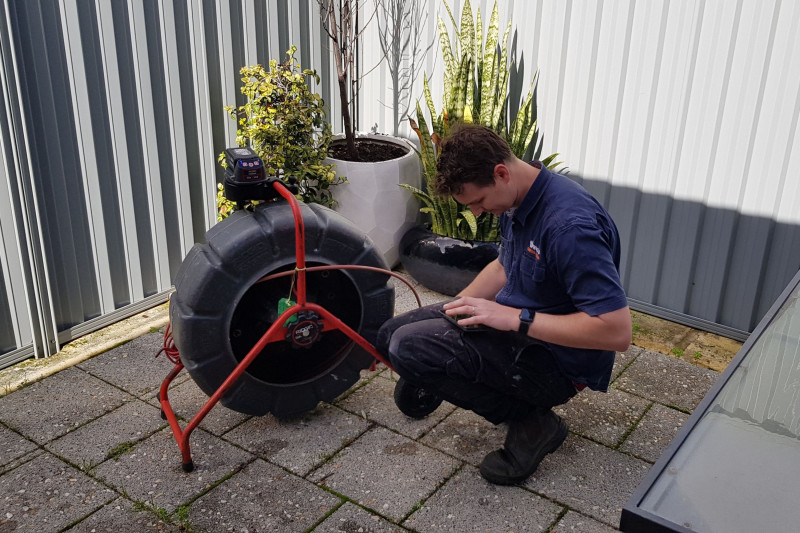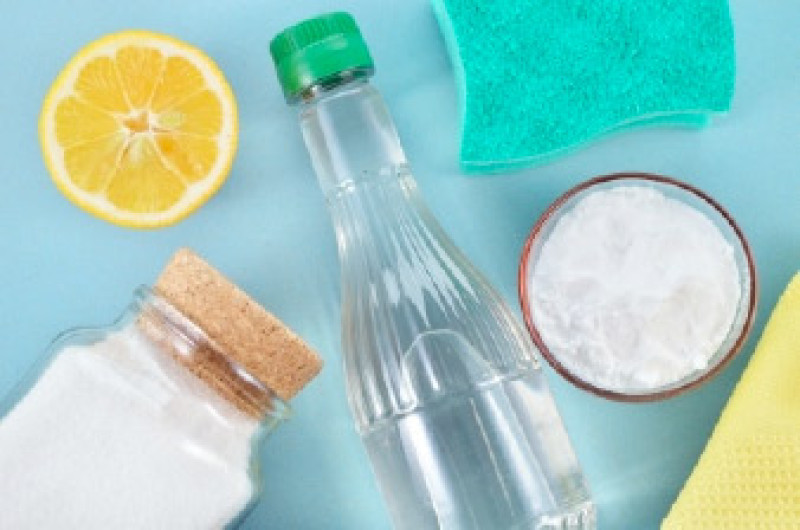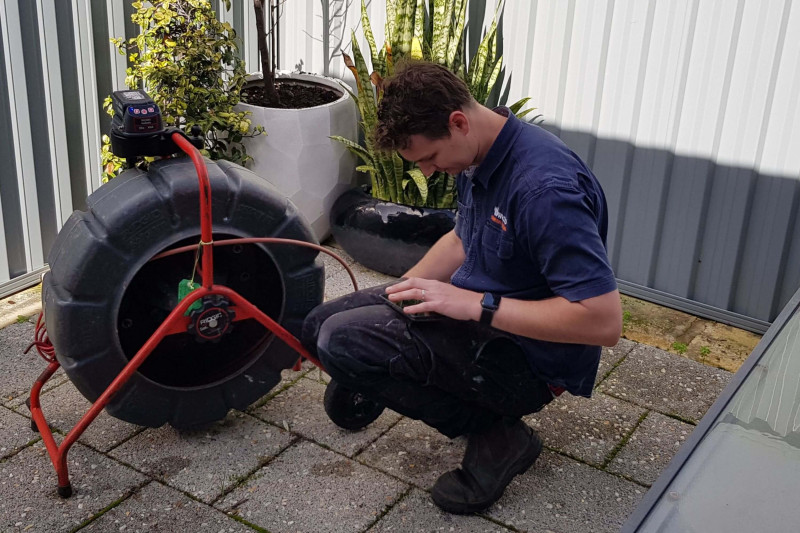Don’t you hate having to ask such a question? After all, resolving a sewer blockage isn’t like repairing a leaky tap or replacing a toilet. It’s potentially a big and costly problem. Still, let’s not get ahead of ourselves, especially since resolving the problem also can be a simple and low-cost proposition.
Why it’s important to clear a sewage pipe blockage
If left untreated, a sewer blockage can cause serious damage to your property. The backed-up wastewater is likely to seep into the foundation of your home and could lead to costly repairs or even health hazards from mould growth and bacteria that comes with stagnant water. Therefore, it’s important to understand the signs of a blocked sewer drain in order to get it cleared as soon as possible.
Signs of a blocked sewer pipe
Multiple Plumbing Fixtures Blocked
If, for example, your shower, bath, and sink drains are all blocked at the same time, it’s not likely a coincidence. There’s a strong likelihood that a blocked sewer is lurking behind the scenes and is causing issues with all of your plumbing fixtures.
Gurgling Toilet
The gentle sound of gurgling is a wonder to absorb from a baby, but not from a toilet. So, if your toilet bubbles up and the water level rises right after you turn on a tap, once again, you have reason to suspect a blocked sewer line.
Slow Draining Appliances
One of the most common signs that you have a sewer blockage is when your appliances, such as toilet bowls and sinks, are draining slowly. This happens because the pipes are clogged up with waste, and the wastewater has nowhere to go but back up into your home.
Recurring blocked drains
Ongoing blocked drains or drain cleaning that’s only effective for a short time are clues that you have a greater problem. It could be due to corrosion in the pipes causing sludge to build up in your sewage pipes. Or it may be tree roots that have invaded your sewers and clogged them up. Either way, recurring blocked drains are not normal and should be dealt with by a plumber.
Unpleasant Odour
If the smell of raw sewage is permeating all or part of your home…you guessed it…another indication of a sewer blockage.
Damp Spot on Your Lawn
A blocked sewer also is the probable cause when one small area of your lawn is damp and soggy while the rest is bone dry. This usually happens because the clogged pipes are backing up, and the sewage is seeping out onto your lawn.
Toilet water rising
When the toilet water rises when you flush, it’s usually because there is a blockage in the drain line. In some cases, this could be caused by something as minor as a toy or tissue stuck in the pipe. But if that doesn’t appear to be the problem, it’s definitely indicative of another problem.
So what can you do about a blocked sewer drain?
At Swan’s Professional Plumbing, we’re big fans of the saying prevention is best. The best way to deal with a blocked sewer is to avoid it altogether. This can be done by being mindful of what you put down your drains, such as oils and food scraps. Also, avoid flushing non-biodegradable items, and regularly check the state of your sewer line.
However, we understand sometimes sewer line clogs are unavoidable. In this instance, it’s best to get help from a licensed plumber. Whilst help awaits it’s best to turn off the water supply to the affected area in order to avoid further damage.
Swan’s Professional Plumbing offers a range of services that can help get your blocked sewer drain cleared quickly and efficiently. Our team are experts in locating and removing blockages from all kinds of drains, using the latest technology including CCTV inspection and hydro jetting to ensure the job is done. Call us today on 1300 634 581 for a call out from your local plumber.
FAQs
A blocked sewer line can be caused by a variety of factors, including:
- Tree roots growing into the pipes
- Fats, oils, and grease buildup
- Non-flushable items being flushed down the toilet
- Too much toilet paper
- Sanitary products being flushed down the toilet
- Foreign objects being flushed down the toilet
- Age and corrosion of the pipes
- Ground movement or settling that can damage the pipes
It is important to note that many of these causes can be prevented by being mindful of what is put down the drains and toilets in the home.
You could try to unblock the sewer line clog with a drain snake, however in most instances by the time the clog has reached the point of causing a blockage, it has likely become too severe to be effectively cleared yourself. In these cases, special equipment and techniques, such as hydro jetting or inspections with CCTV drain cameras may be required to properly clear the blockage and restore proper flow to the sewer line. Additionally, if the clog is caused by a broken or damaged pipe, a drain snake may not be able to fix the problem and a professional plumber will need to be called in to repair or replace the damaged pipe.
It's also important to note that even if you are able to clear the blockage with a drain snake, it may only be a temporary fix and the problem could reoccur if the underlying issue is not addressed. A professional plumber will be able to properly diagnose the cause of the clog and provide a long-term solution.
Therefore, while you could try to unblock a clogged sewer line with a drain snake, it is often more effective and efficient to call a professional plumber who has the right tools and expertise to properly diagnose and fix the problem.
Water Corporation is responsible for clearing sewer lines that are located outside of a homeowner's property line. If the sewer line is blocked on private property, it becomes the responsibility of the homeowner to clear and maintain the line. While there are some exceptions, this general rule applies to most cases. Regardless of who is responsible for the sewage drain, it’s best to get your plumber’s input on the matter as soon as possible.



